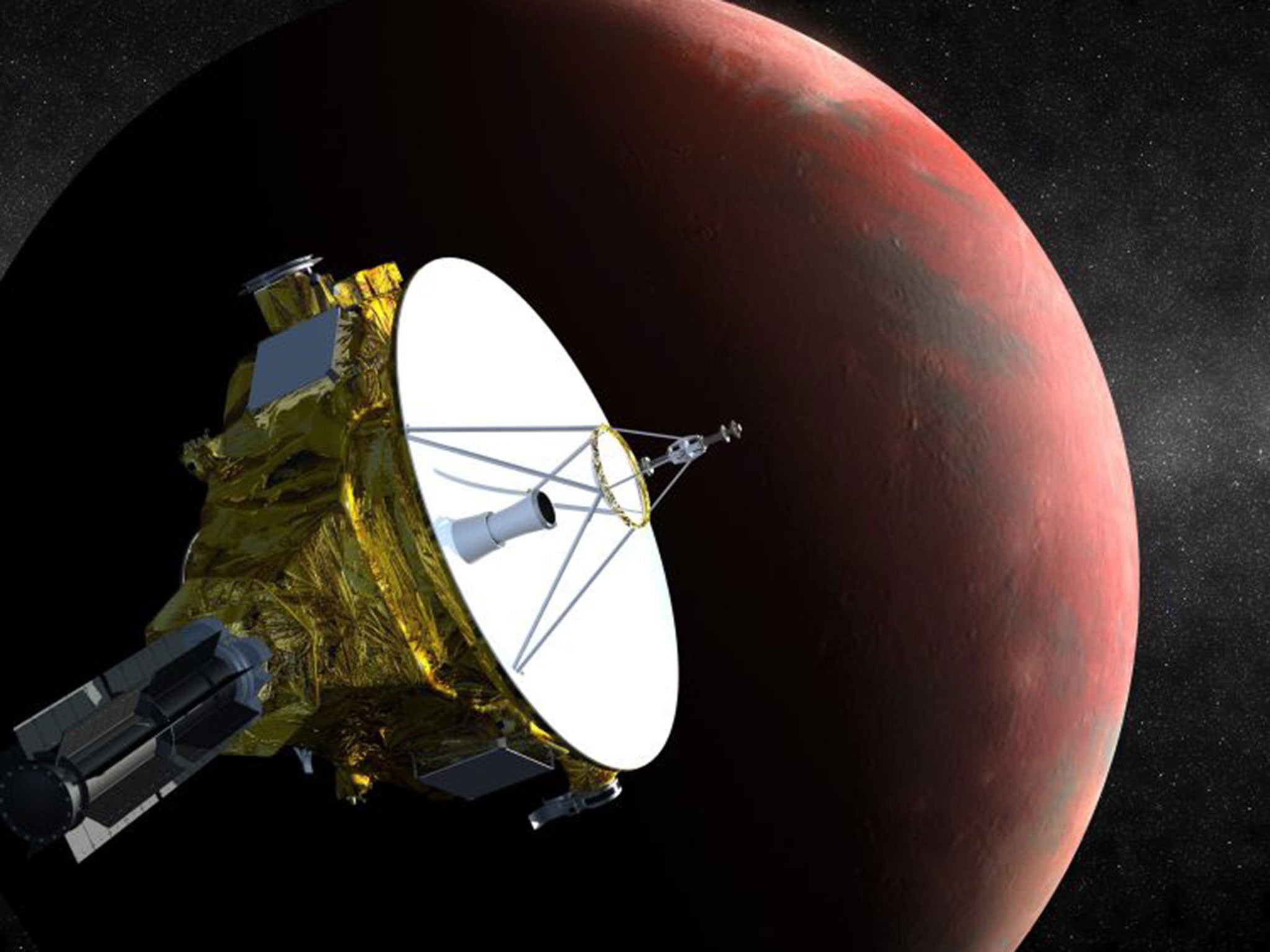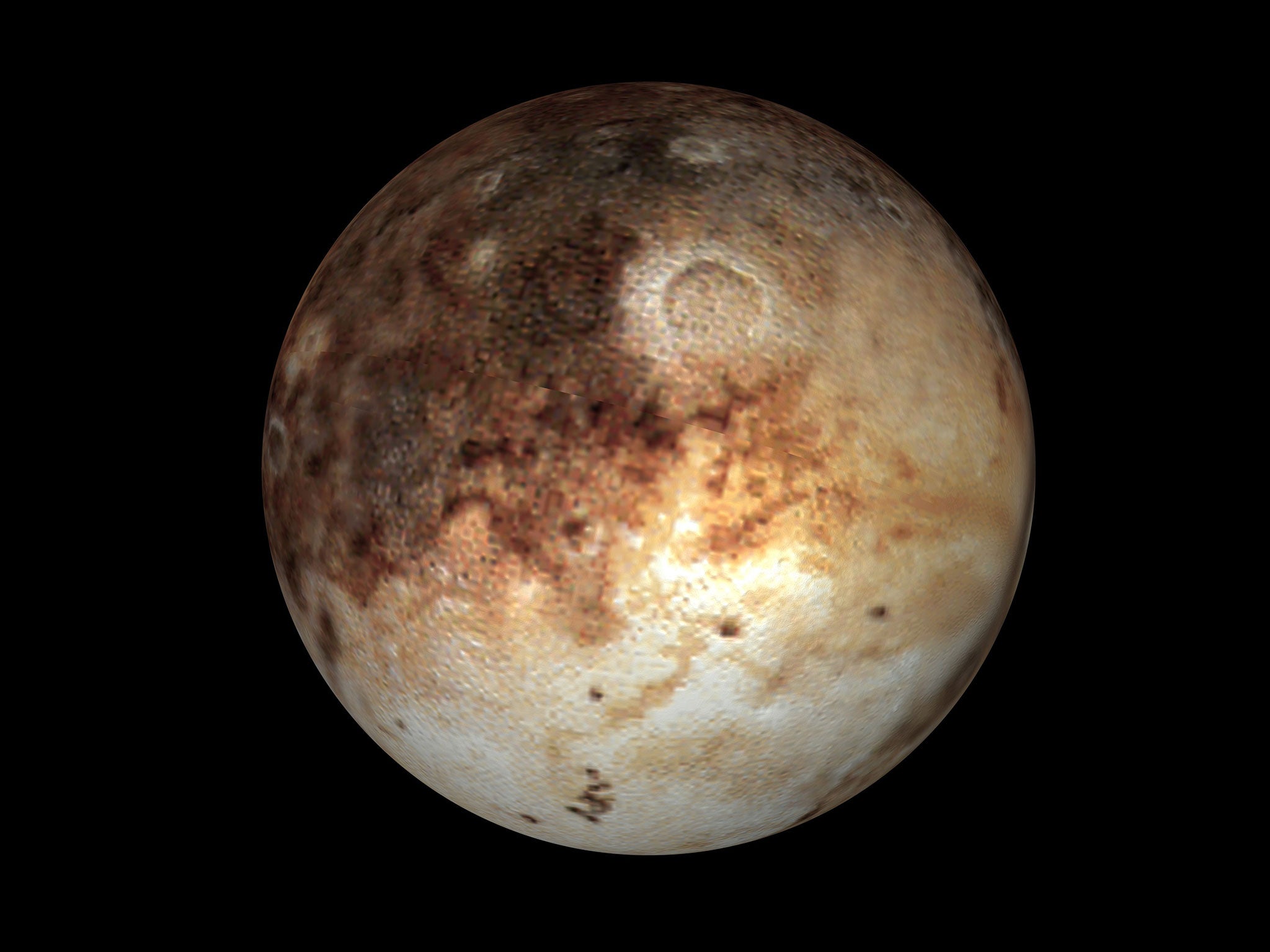Nasa's New Horizons probe to start taking pictures of Pluto
The pictures will show little more than bright dots, but they will be priceless to scientists

Nasa’s New Horizons spacecraft, which has travelled three billion miles in nearly nine years in its journey to Pluto, is expected to start taking pictures of the dwarf planet from today.
The New Horizons probe marks humanity’s first trip to the mysterious planet, and while the first pictures it takes are expected to reveal little more than bright dots, the images will be invaluable for scientists waiting on the ground.
On Friday the probe was still more than 100 million miles away from Pluto, but the images, taken against star fields, will help scientists gauge the remaining distance and keep the baby grand piano-sized robot on track for its July fly-by.
New Horizons was reactivated at the start of December after 1873 days of having been switched off, in order to begin preparations for its mission, which is the furthest space mission to have ever been undertaken.
In addition to New Horizons photographing the area with its powerful infrared and ultraviolet spectometers and high-resolution telescopic camera, the spacecraft will test and monitor particles and space dust in the mysterious planet’s atmosphere.
The $700,000 mission, which began when New Horizons launched from Cape Canaveral in January 2006, has already started bearing fruit by capturing images of Pluto last summer, but today’s pictures are expected to be considerably brighter and should be released publicly in early February.
By May, the images being beamed back from the probe should equal and then surpass those taken but the Hubble Space Telescope, and in July, New Horizons will fly by the dwarf planet at a speed of nearly 31,000 miles per hour and a distance of 7,700 miles, speeding past Pluto’s largest moon, Charon.
“New Horizons has been a mission of delayed gratification in many respects, and it’s finally happening now,” said project scientist Hal Weaver of Johns Hopkins University’s Applied physics laboratory, the department which designed and built the probe for Nasa and is managing the mission for Nasa.

“It’s going to be a sprint for the next seven months, basically, to the finish line,” he said.
“We can’t wait to turn Pluto into a real world, instead of just a pixelated blob.”
Extremely little is known about what Pluto looks like and the five moons that have been found in its orbit. Out in the Kuiper Belt, the dwarf planet is the largest object among a plethora of icy objects.
Pluto is the biggest object in the Kuiper Belt. Together with mega-moon, Charon, roughly half Pluto's size, the two orbs could fit inside the United States with room to spare. Five moons have been found so far around Pluto. More could be lurking out there, awaiting discovery by New Horizons.
Additional reporting by AP
Join our commenting forum
Join thought-provoking conversations, follow other Independent readers and see their replies
Comments